| | #1 |
| Team-BHP Support  Join Date: Nov 2013 Location: Coimbatore
Posts: 3,223
Thanked: 20,742 Times
| |
| |  (77)
Thanks (77)
Thanks
|
| |
| | #2 |
| Team-BHP Support  Join Date: Nov 2013 Location: Coimbatore
Posts: 3,223
Thanked: 20,742 Times
| |
| |  (113)
Thanks (113)
Thanks
|
| | #3 |
| Team-BHP Support  | |
| |  (2)
Thanks (2)
Thanks
|
| | #4 |
| BHPian | |
| |  (4)
Thanks (4)
Thanks
|
| | #5 |
| Team-BHP Support  Join Date: Nov 2013 Location: Coimbatore
Posts: 3,223
Thanked: 20,742 Times
| |
| |  (3)
Thanks (3)
Thanks
|
| | #6 |
| Senior - BHPian Join Date: Feb 2010 Location: Wellington
Posts: 3,133
Thanked: 5,444 Times
| |
| |  (3)
Thanks (3)
Thanks
|
| | #7 |
| BHPian Join Date: Jun 2009 Location: Bangalore
Posts: 698
Thanked: 2,416 Times
| |
| |  (1)
Thanks (1)
Thanks
|
| | #8 |
| Distinguished - BHPian  | |
| |  (8)
Thanks (8)
Thanks
|
| | #9 |
| Team-BHP Support  Join Date: Sep 2010 Location: All over!
Posts: 7,621
Thanked: 18,358 Times
| |
| |  (4)
Thanks (4)
Thanks
|
| | #10 |
| BHPian Join Date: Nov 2011 Location: Hyderabad
Posts: 124
Thanked: 135 Times
| |
| |  (4)
Thanks (4)
Thanks
|
| | #11 |
| BHPian Join Date: Jul 2011 Location: Gurgaon
Posts: 427
Thanked: 737 Times
| |
| |  (5)
Thanks (5)
Thanks
|
| |
| | #12 |
| Distinguished - BHPian  | |
| |  (19)
Thanks (19)
Thanks
|
| | #13 |
| Team-BHP Support  Join Date: Nov 2013 Location: Coimbatore
Posts: 3,223
Thanked: 20,742 Times
| |
| |  (9)
Thanks (9)
Thanks
|
| | #14 |
| BHPian Join Date: Jan 2010 Location: Chennai
Posts: 80
Thanked: 11 Times
| |
| |  (2)
Thanks (2)
Thanks
|
| | #15 |
| Distinguished - BHPian  | |
| |  (3)
Thanks (3)
Thanks
|
 |
Most Viewed



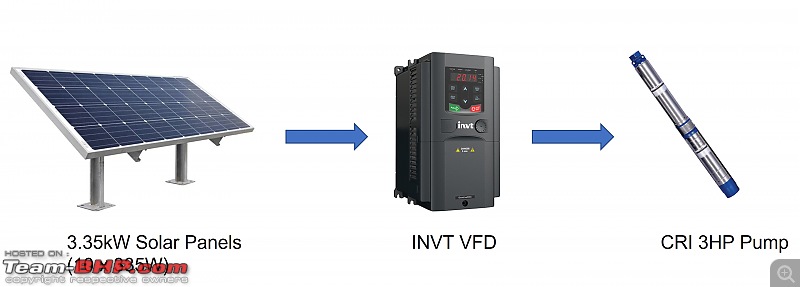
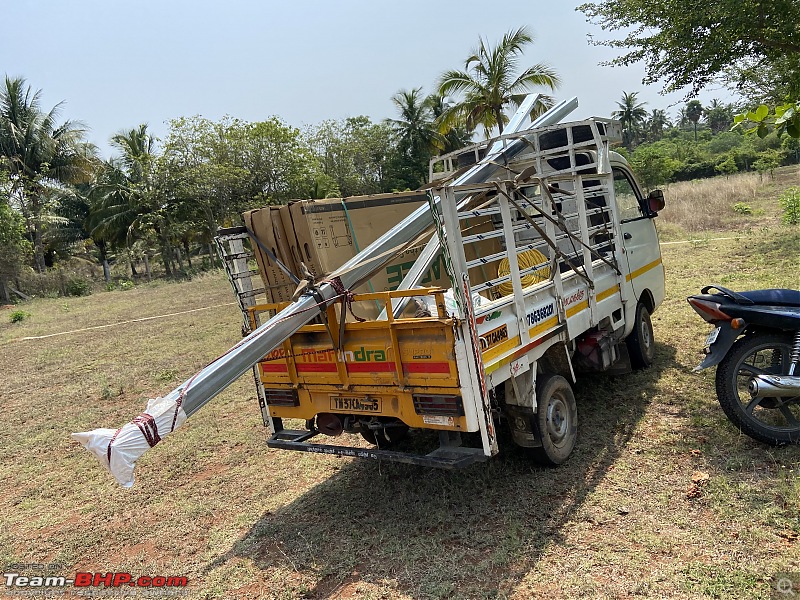
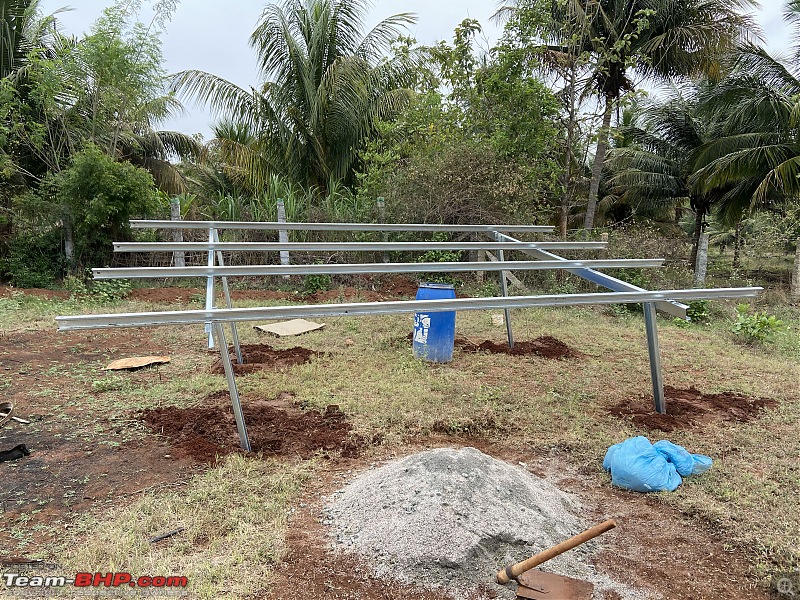
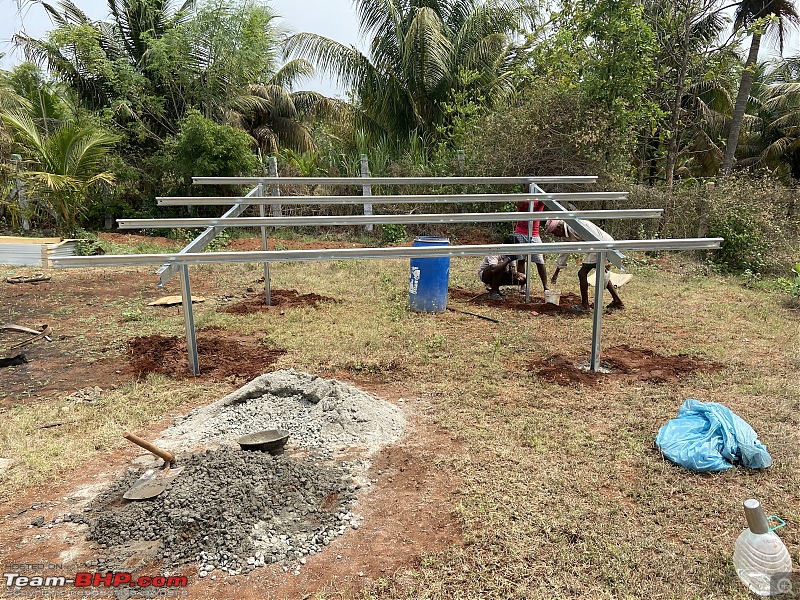
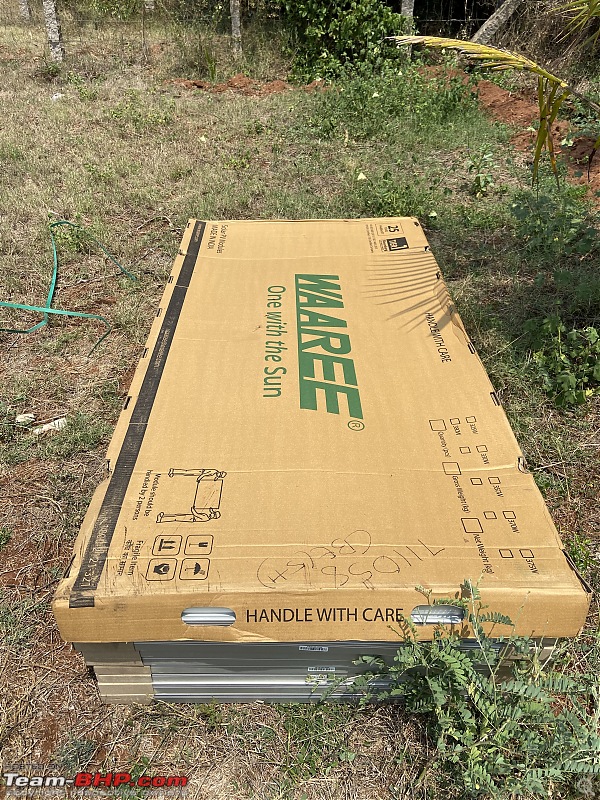
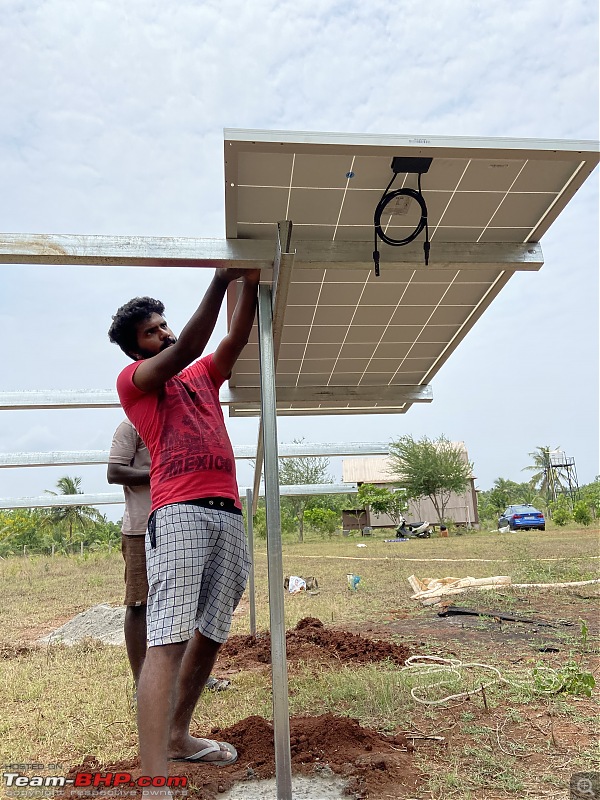
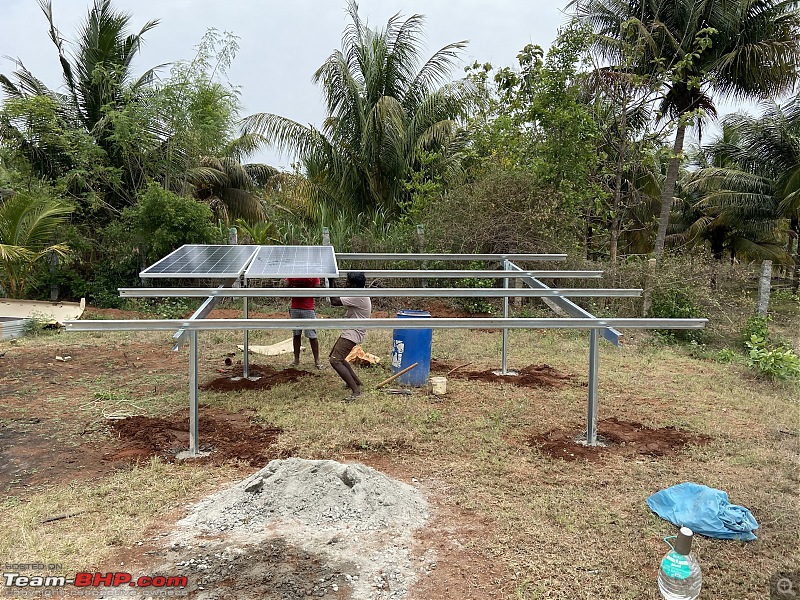
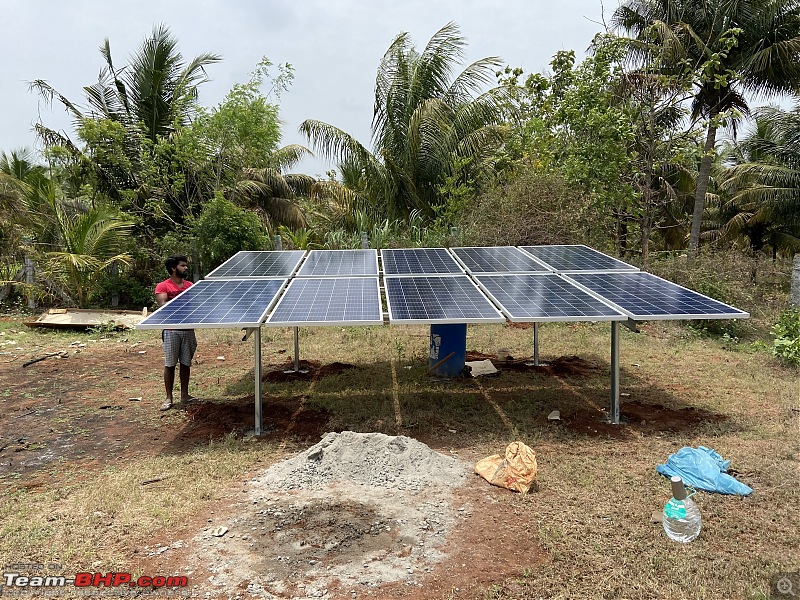
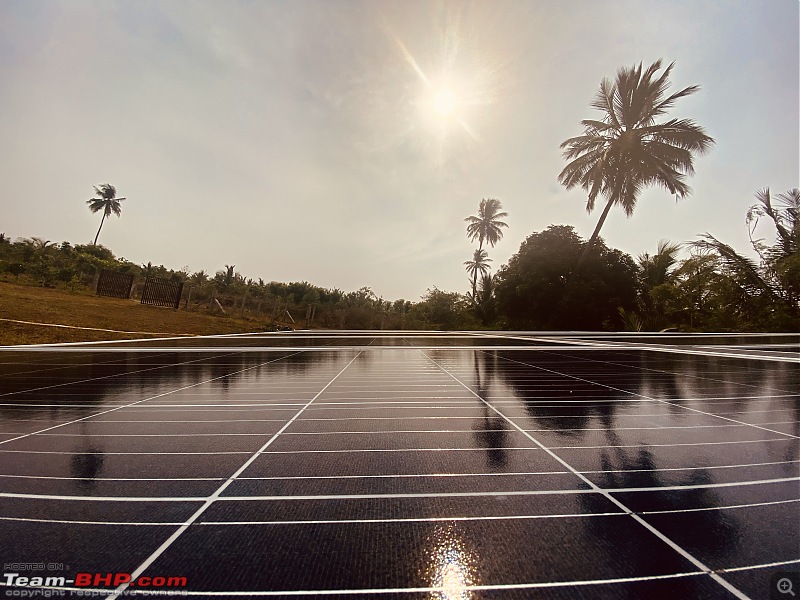
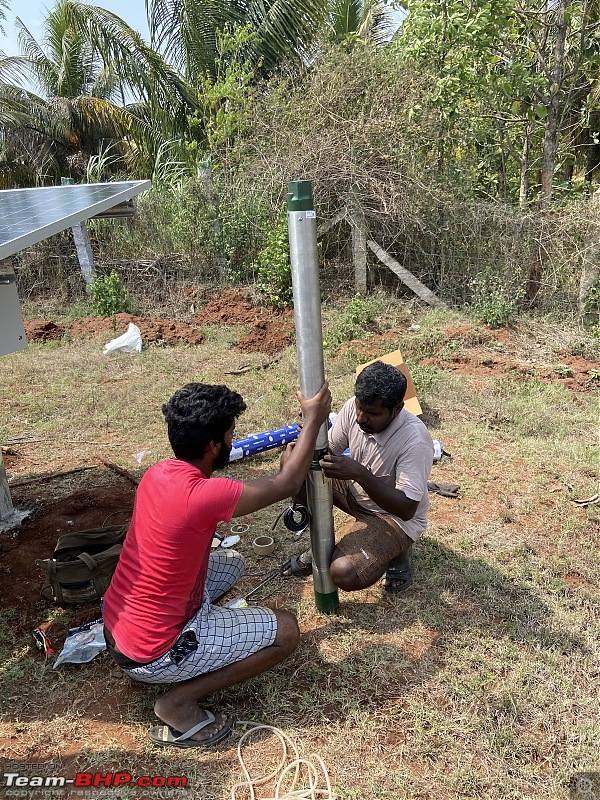
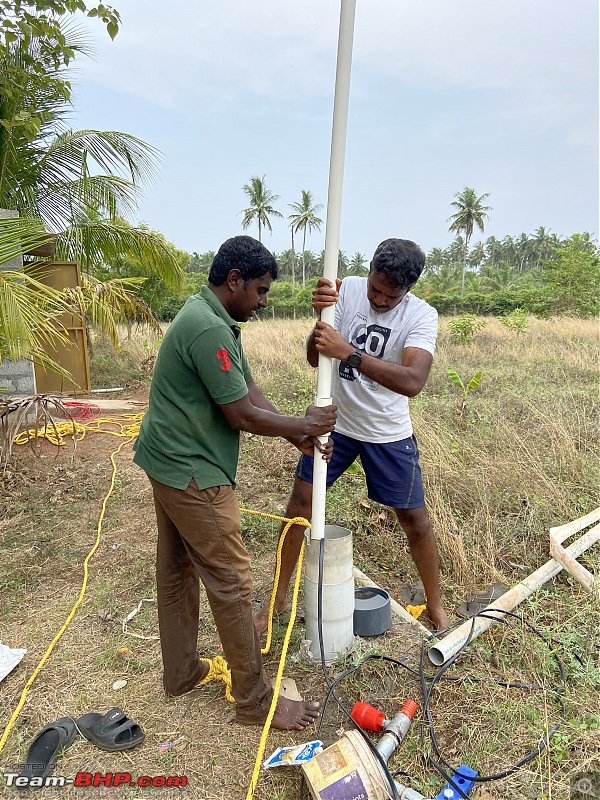
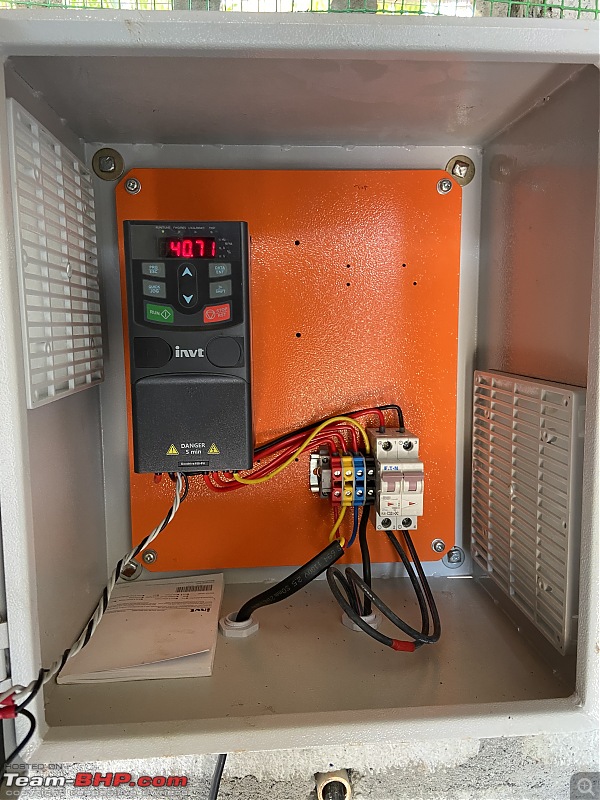
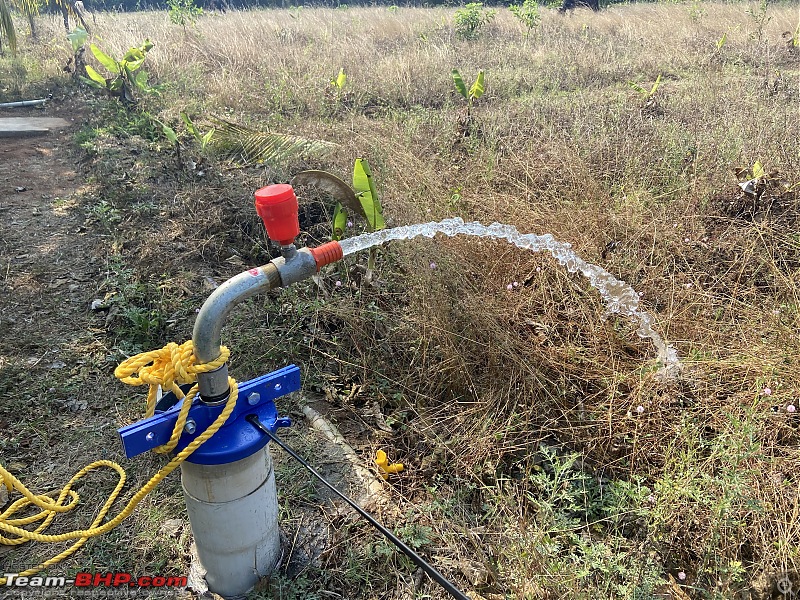

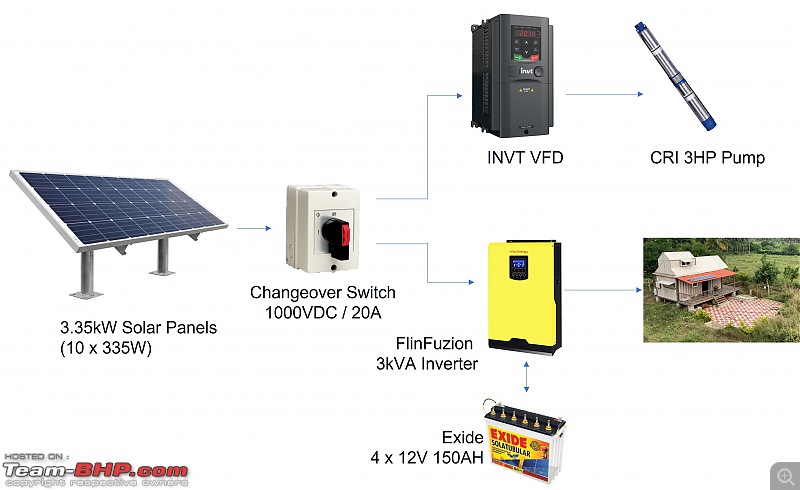
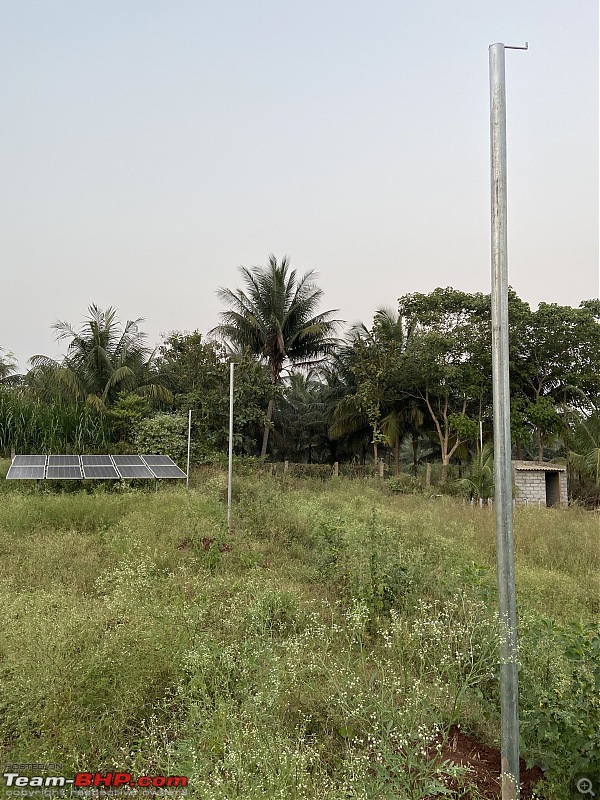
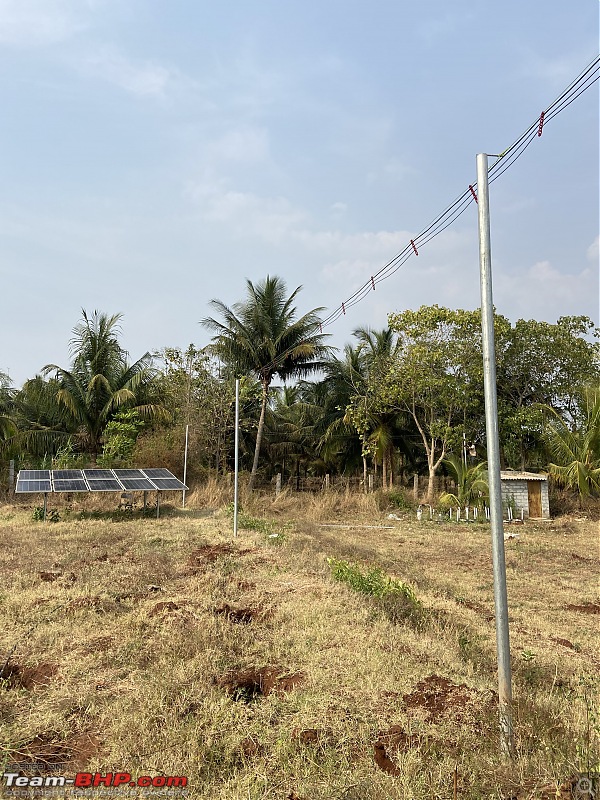
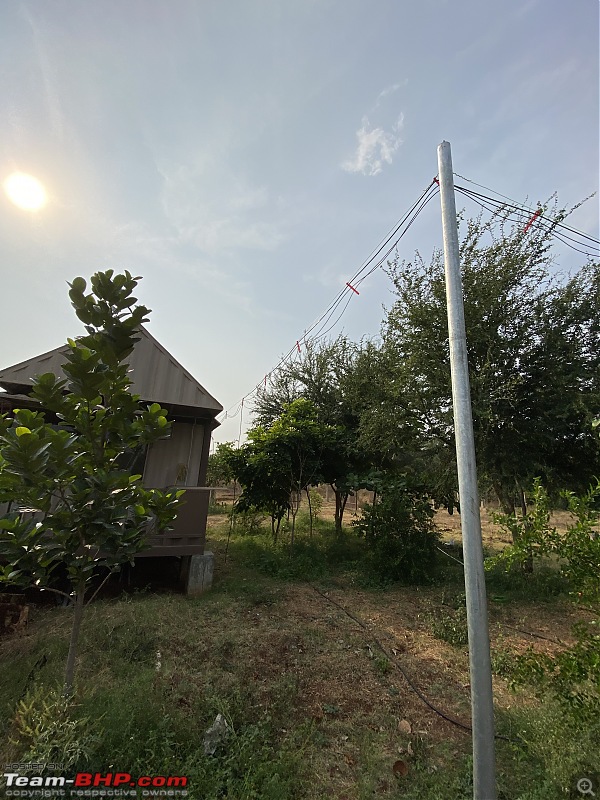
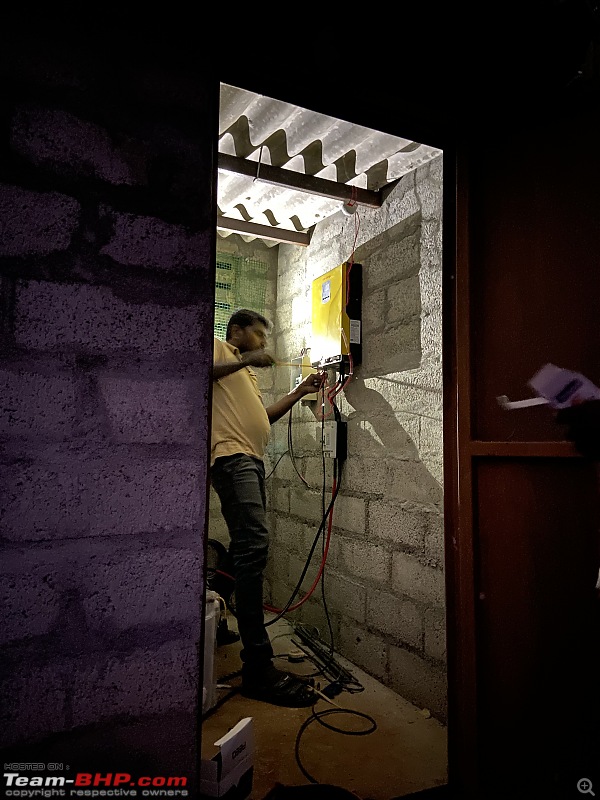
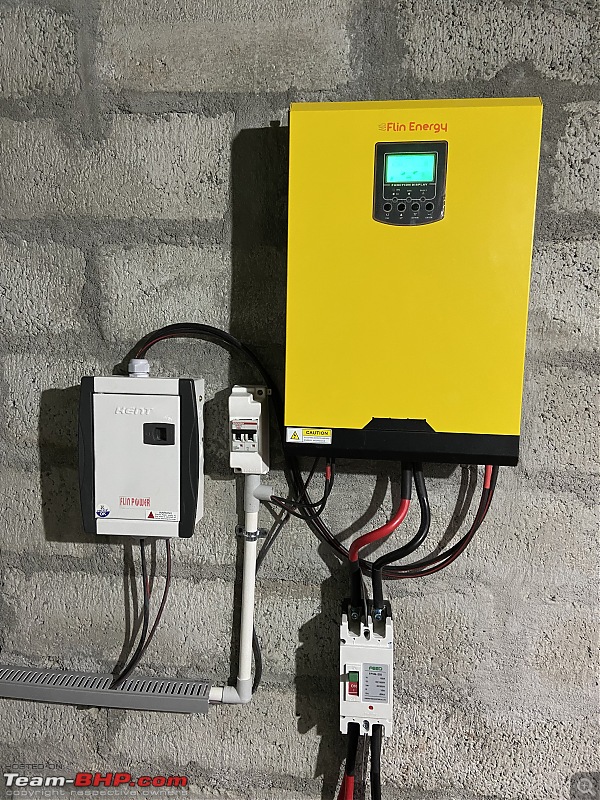
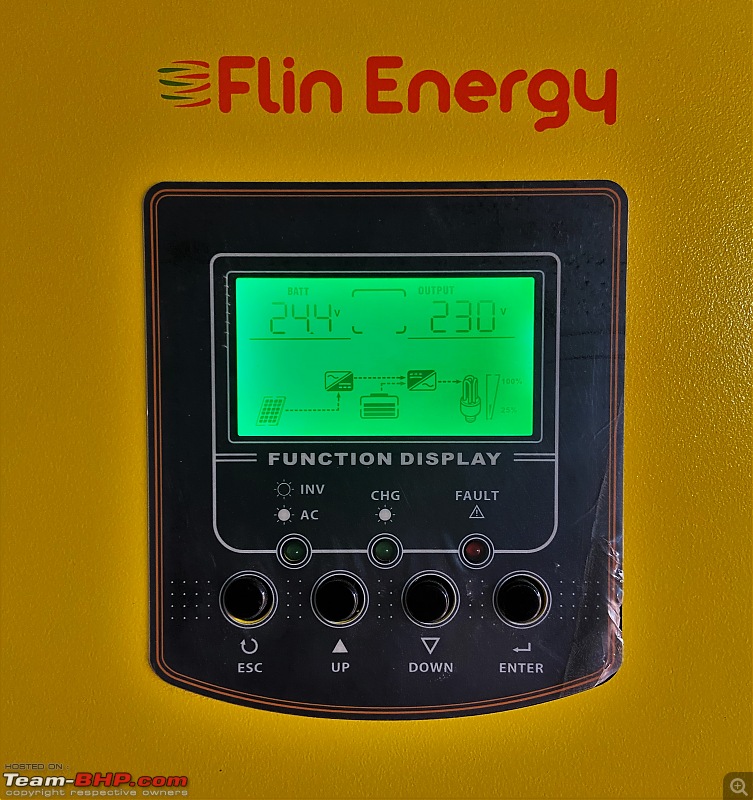
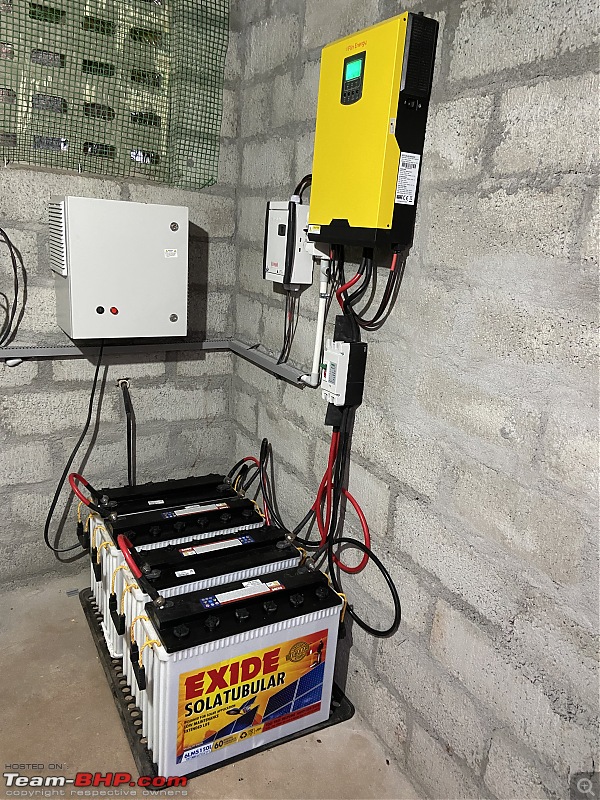
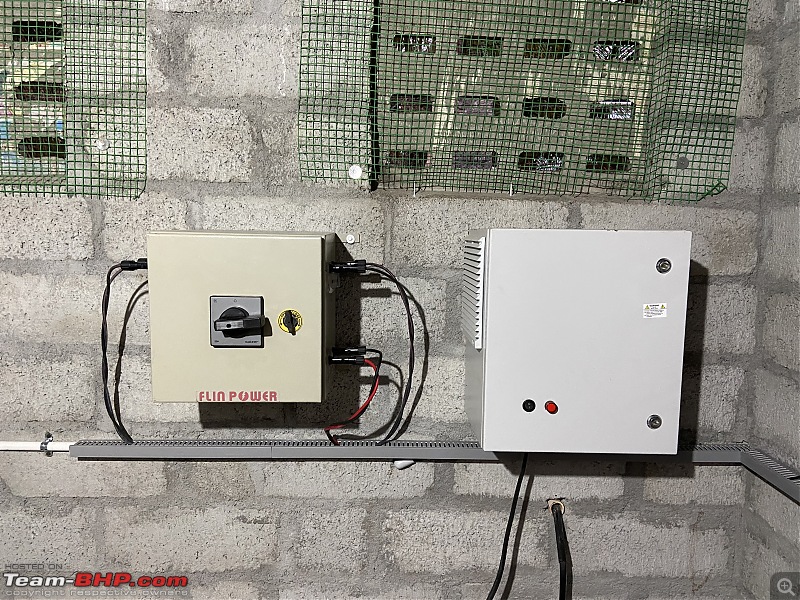
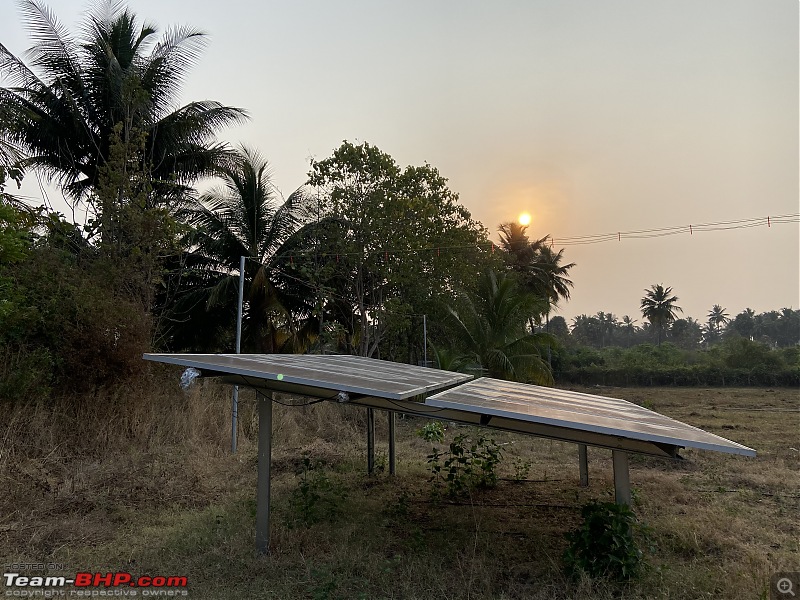
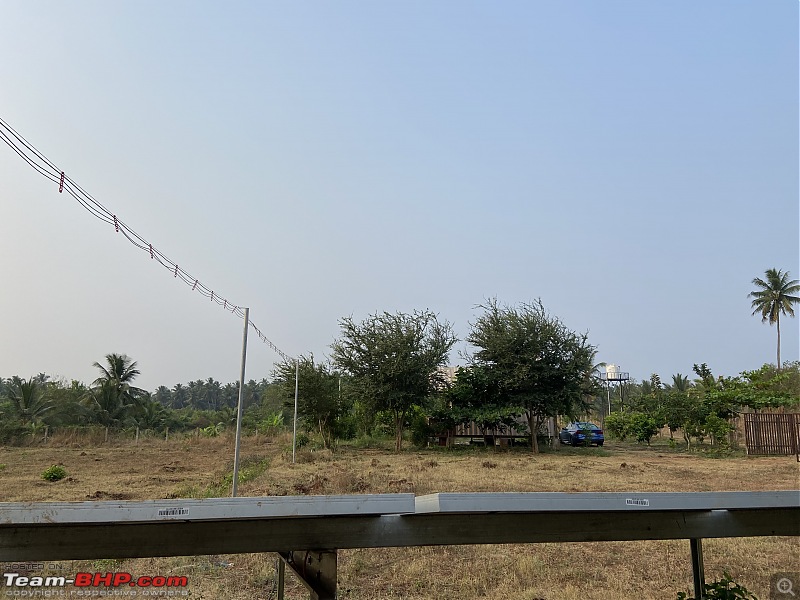


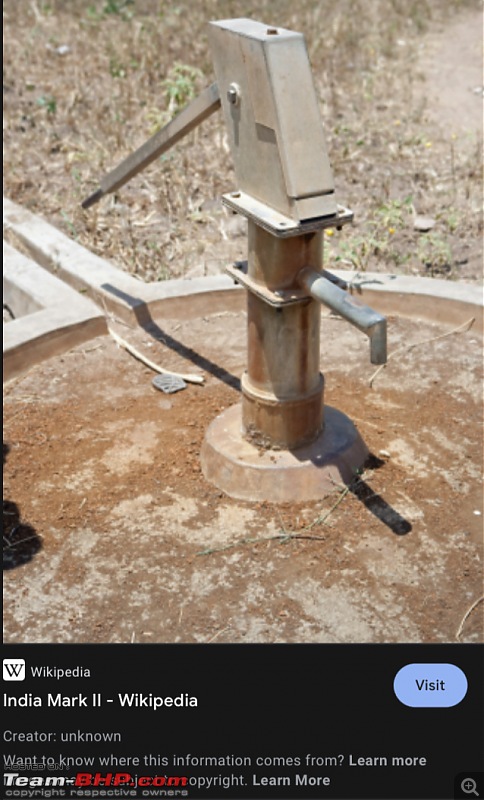
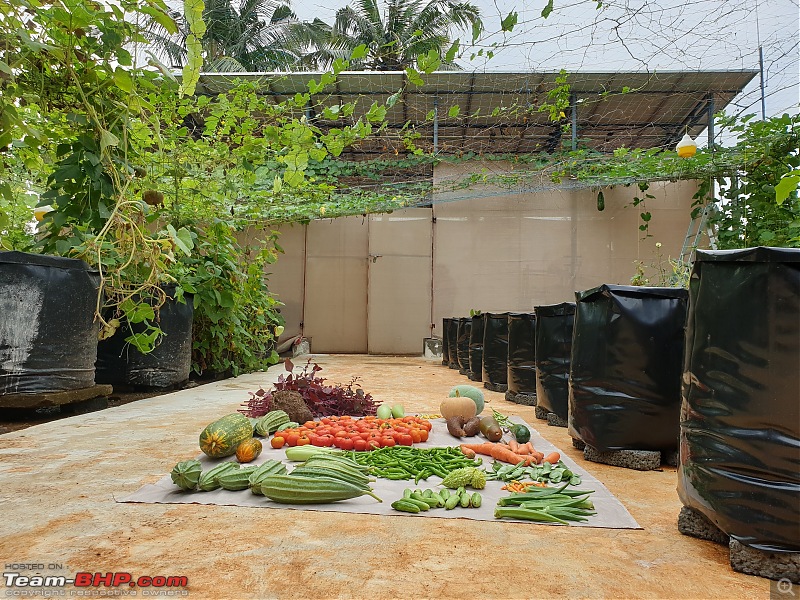
 . Bought an industrial size ladder and since we have a terrace garden, have a dedicated water supply.
. Bought an industrial size ladder and since we have a terrace garden, have a dedicated water supply.